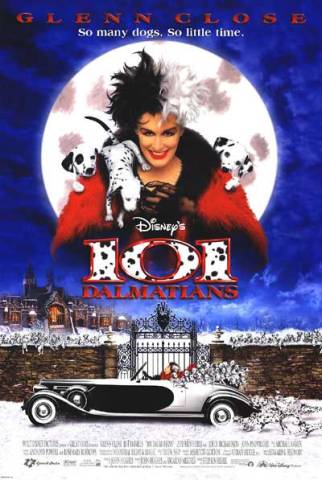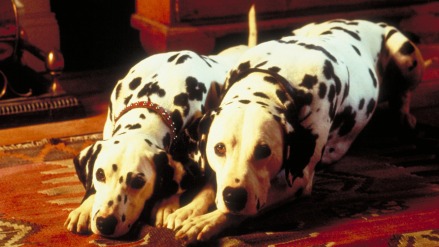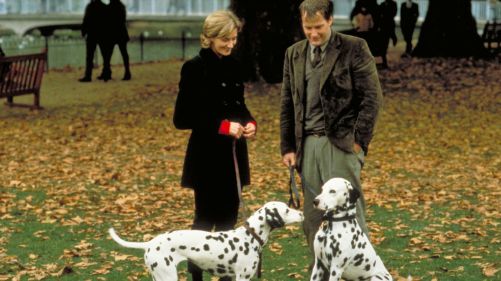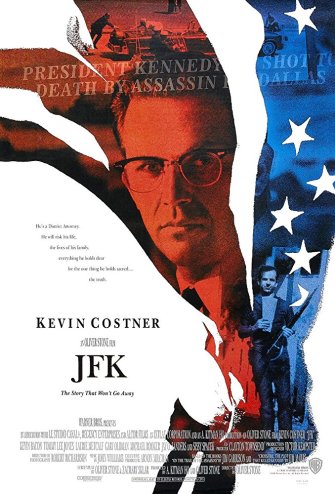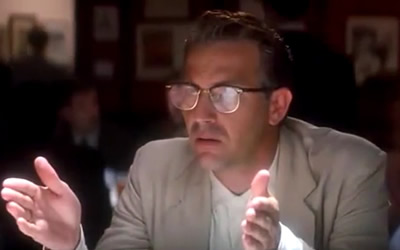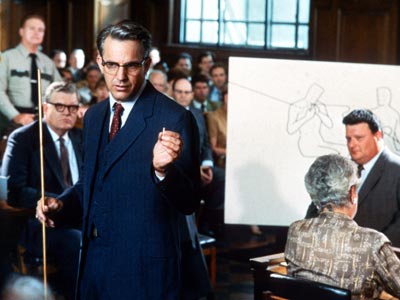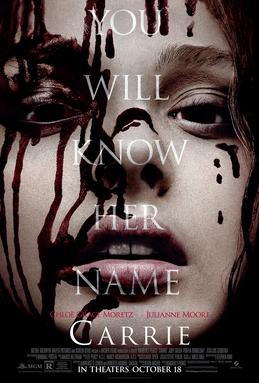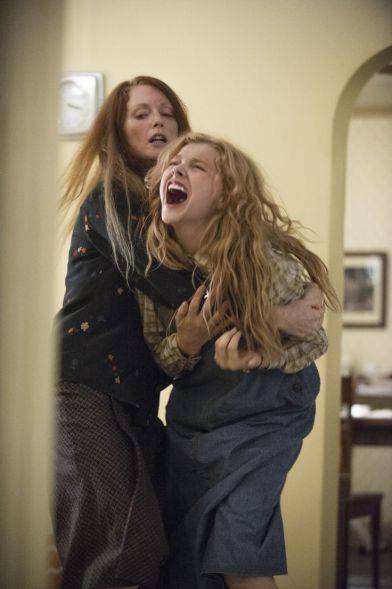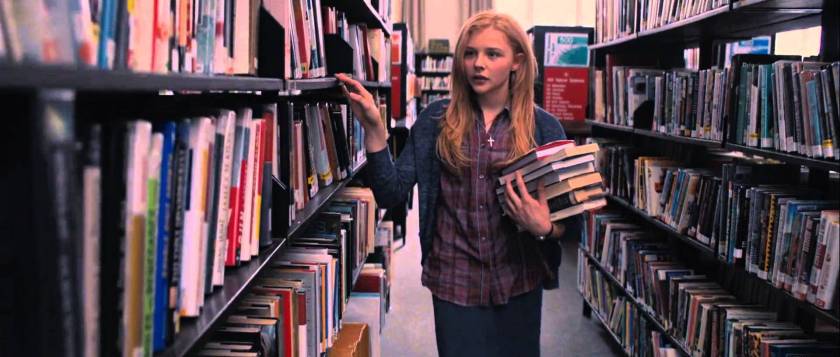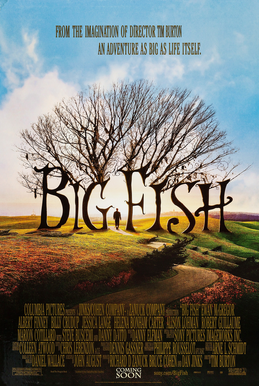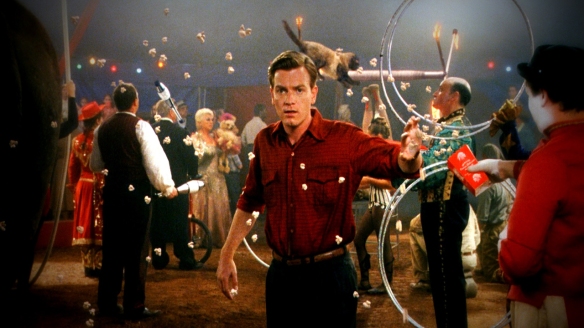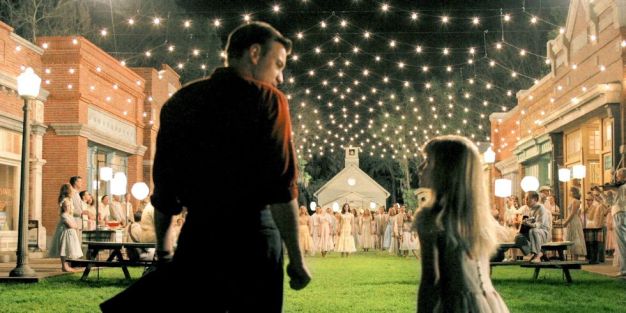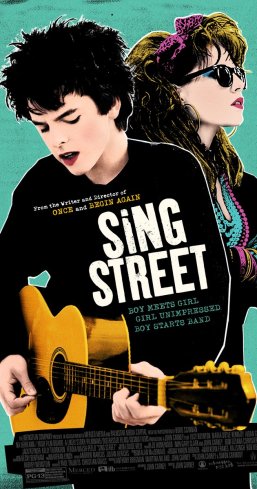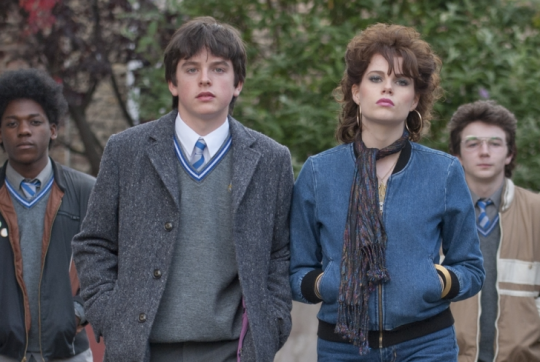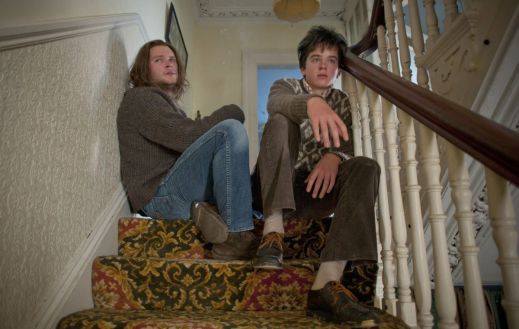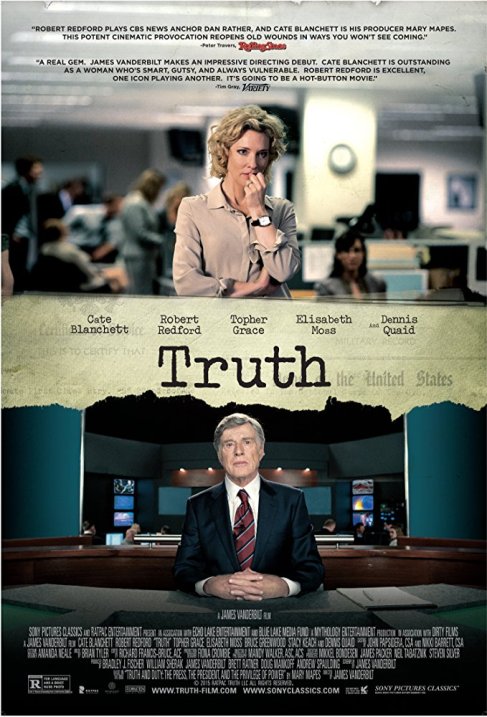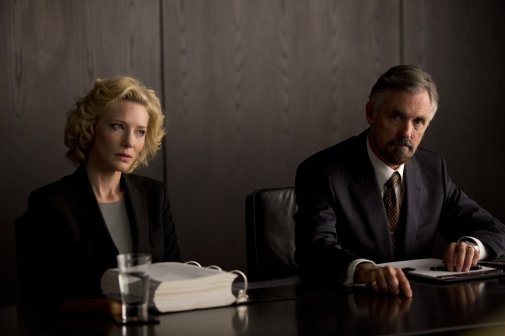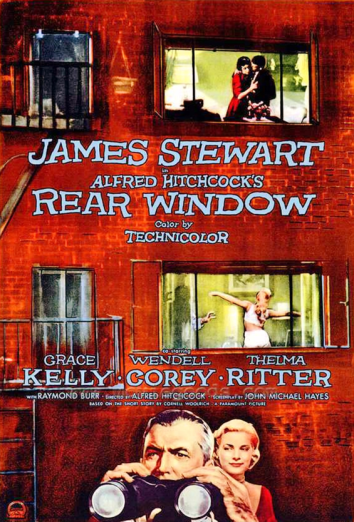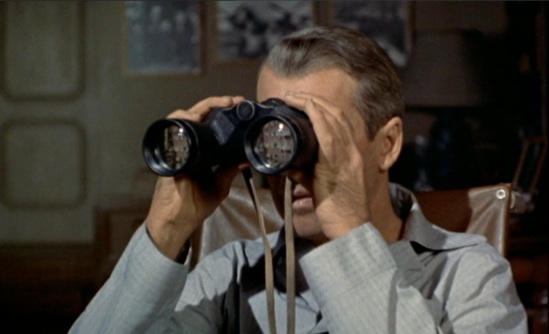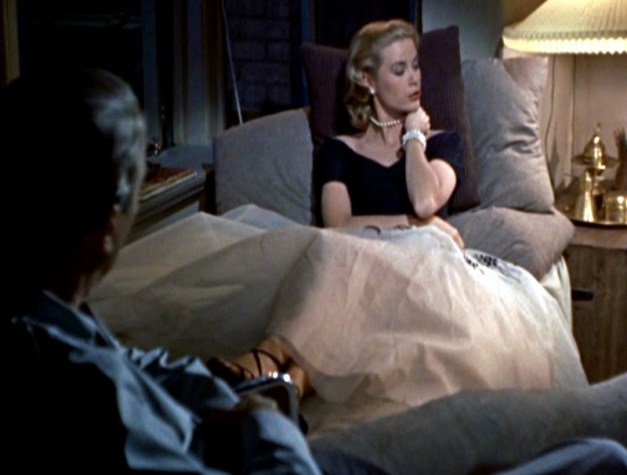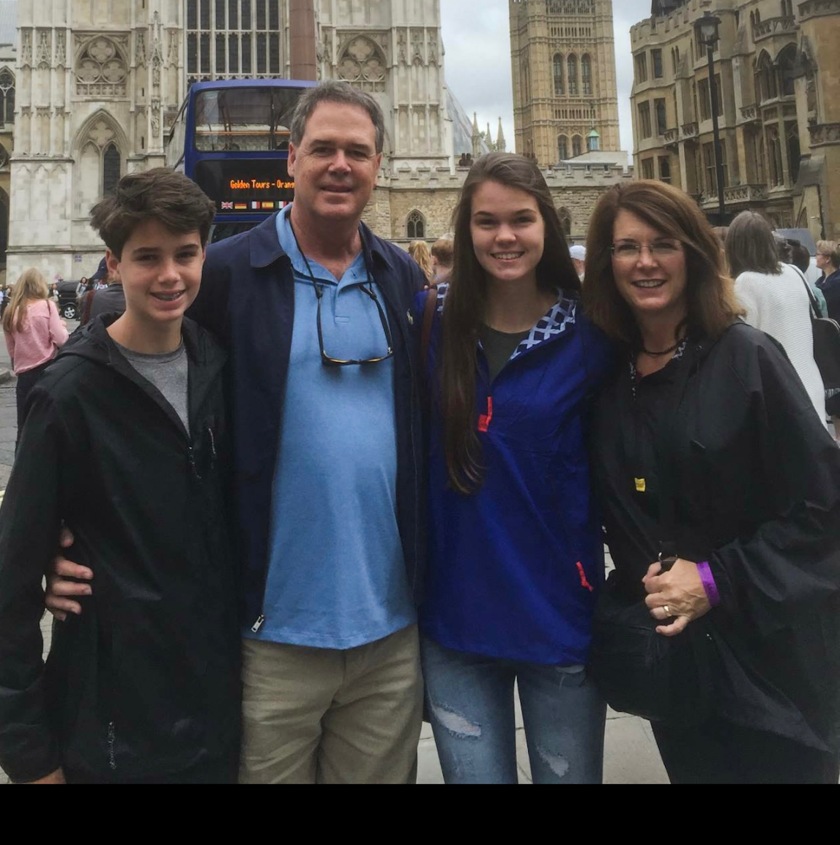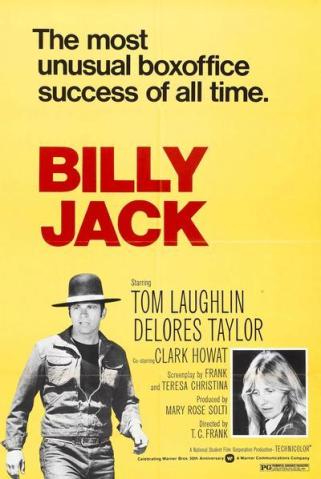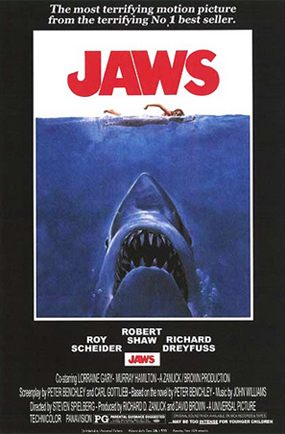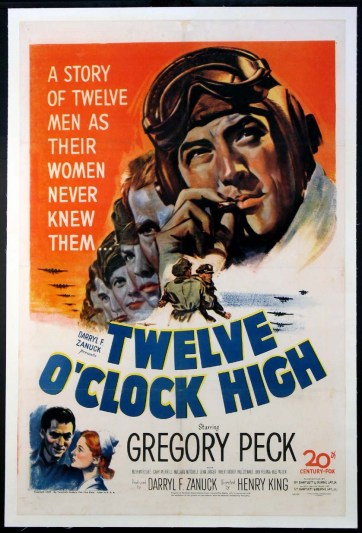In his book Movies are Prayers, Josh Larsen, a member of the Chicago Film Critics Association, writes, “Movies can be many things: escapist experiences, historical artifacts, business ventures, and artistic expressions, to name a few. I’d like to suggest that they can also be prayers… Prayer is a human instinct, an urge that lies deep within us” (p. 5). Aside from these things, Larsen argues that films “are also elemental expressions of the human experience, message bottles sent in search of someone who will respond” (p. 15-16). Critically analyzing films isn’t just a fun thing to do to rank films with grades from A to F or to say what movie out of a list of movies watched is the best, although those are, of course, parts of criticizing films. Film criticism is important because movies have ideas in them, and ideas have consequences. They are shaped by somebody’s worldview, and even in the seemingly most nihilist movies, if you squint at them and turn your head to the side, you can make out a point that the filmmakers wanted you to get.
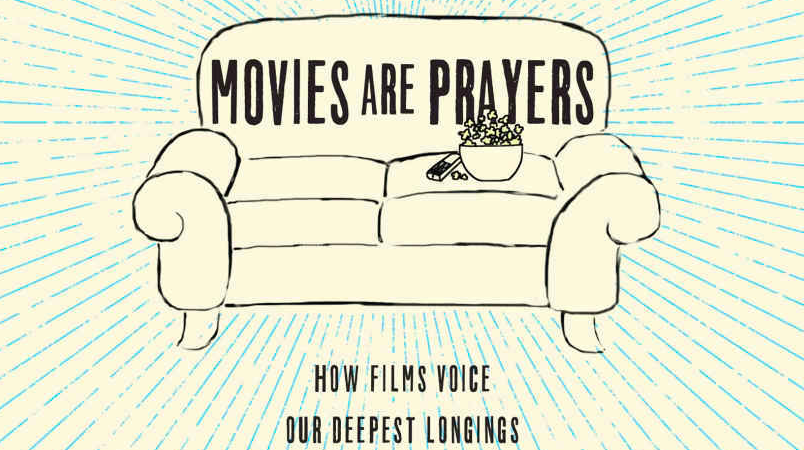
Film is art, and art is a form of self-expression; as a matter-of-fact, you can critically analyze other art in the same way to draw conclusions about what the creator believes or wants you to think.
Sure, you might not always be looking at cinematography or how good the acting is, for instance, but storytelling and themes are necessary parts of other art as well.
For example, let’s take a look at the graffiti of the controversial street artist, Banksy. You might not be sitting in a theater for 1 ½ to 3 hours to watch a storyline play out, but just looking at his art, one can see satirical, dark humor that makes a point about society. His work is provocative, and normally has “anti-war, anti-capitalist or anti-establishment” themes.
Look at this piece. It depicts a cat on a house destroyed in an air strike. Banksy wrote, “I wanted to highlight the destruction in Gaza by posting photos on my website—but on the internet people only look at pictures of kittens.” 
Music and music videos can tell stories as well. “Look What You Made Me Do,” a Taylor Swift song, can be analyzed, for instance, and one can find a message about person’s wrongful action angering Swift and driving her to seek revenge. For people who know some context, it seems that the song is making some pointed remarks about specific feuds involving Swift and other celebrities.
That’s just the song though; if you add the music video and do another analysis, adding that new form of visual media changes the whole meaning. In the music video, Swift seems to be battling with the person who got her where she is today– herself. She also included Easter eggs from popular stories in the tabloids and news about her, from bathing in a bathtub of jewels with a symbolic one-dollar bill she won in a countersuit against a DJ who assaulted her, to snakes throughout the video after Kim Kardashian inspired the hashtag that trended worldwide, #TaylorSwiftisaSnake. The directing of the video by Joseph Kahn utilized the storytelling that is so great to see in films through cinematography and certain shots, and added a whole new meaning to “Look What You Made Me Do” than the song had when it stood alone.
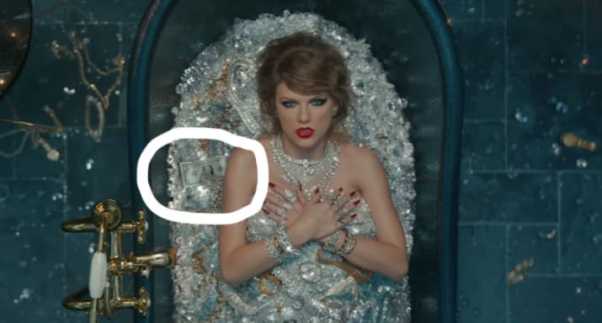
Film criticism is important because our exposure to other perceptions will inevitably affect our own perceptions as well; for this reason, our criticism should not stop with films, but we should critically watch and listen to all forms of art and entertainment.
Jenna Shackelford

